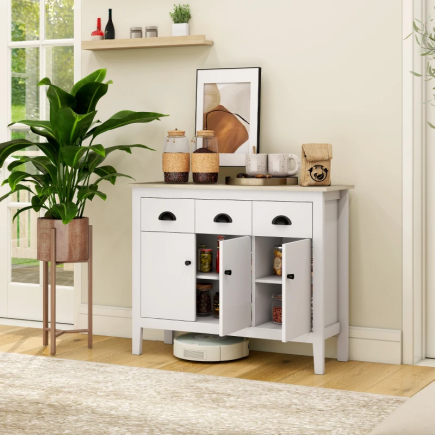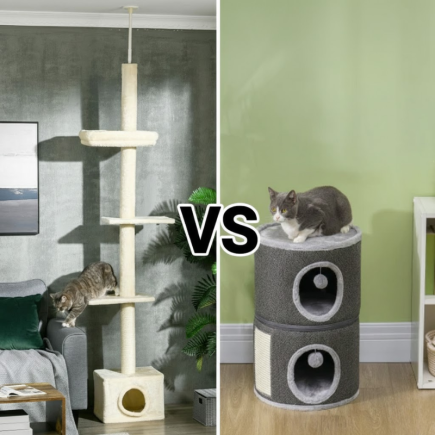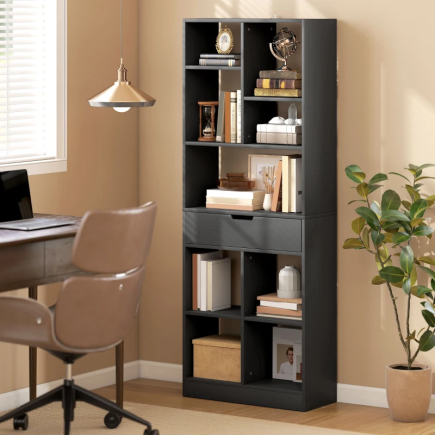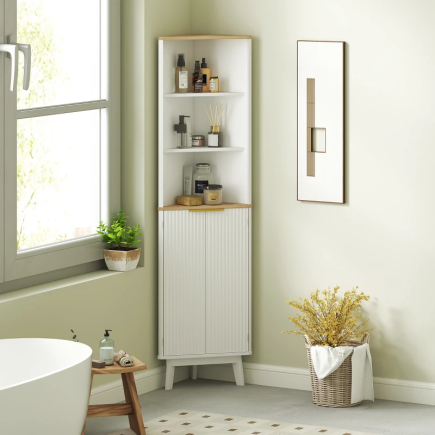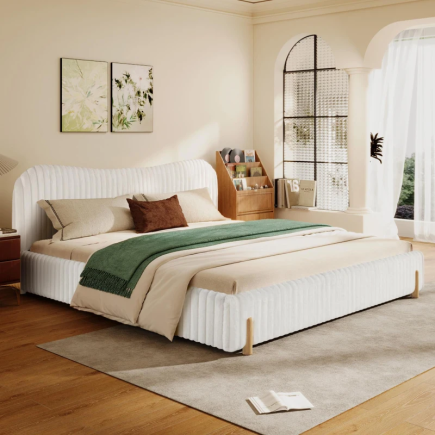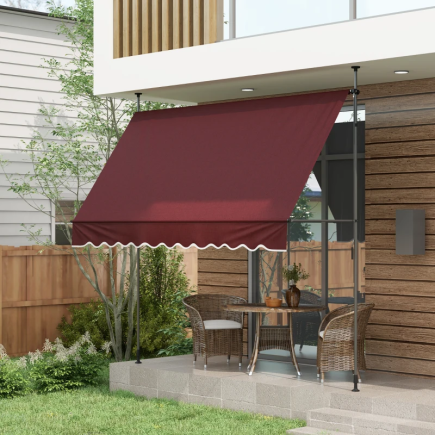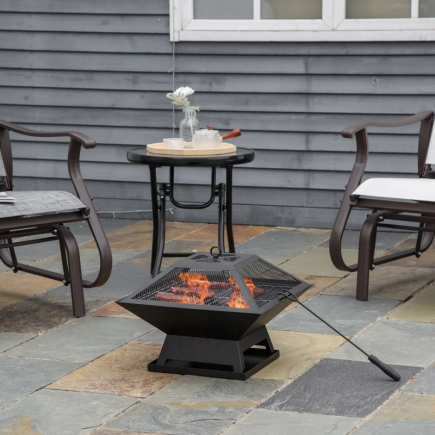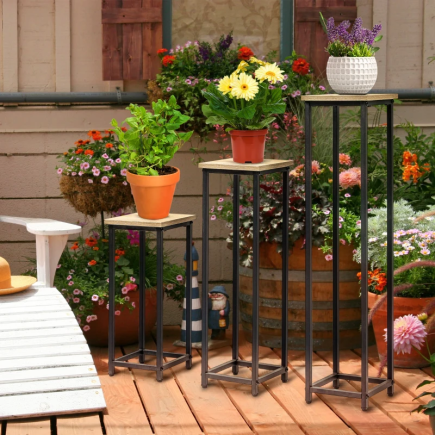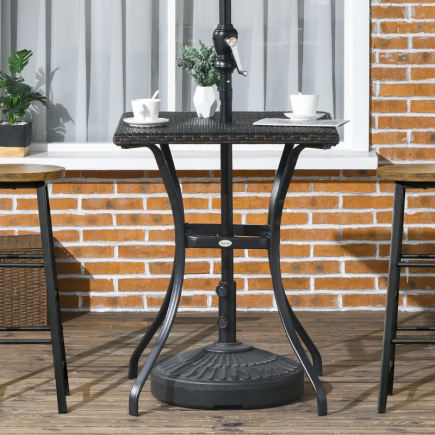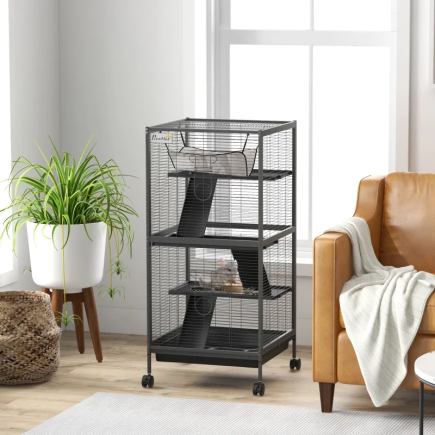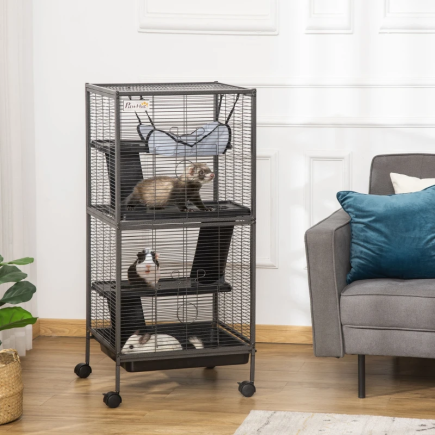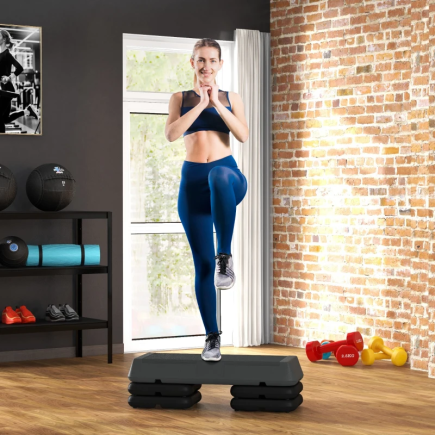When it comes to outdoor adventures, one of the most important things you need is a well-packed cooler. Whether you’re going camping, having a picnic, or setting off on a road trip, the last thing you want is for your food and drinks to spoil before you even reach your destination. Packing a cooler properly is essential not only for keeping your items cold but also for maintaining freshness and ensuring your food is safe to eat.

Step-by-Step Process of Packing Cooler
By following the right steps, you can optimize space, reduce ice usage, and even save time when accessing your food during your trip.
Step 1: Pre-Chill Your Cooler and Food
Pre-chill Your Cooler
Before packing your cooler, it’s important to pre-chill it. This ensures that the cooler is cold before you start loading it up, preventing the ice from having to work extra hard to cool it down. To do this, simply place a bag of ice or some ice packs inside the cooler a few hours before you pack your food.
Chill Your Food and Drinks
Similarly, chilling your food and beverages in the fridge before packing them into the cooler will save on ice. Cold items will stay colder longer, meaning your ice will last longer too.
Tip: If you can, freeze some of your food, such as meat or frozen juice boxes. These can serve as ice blocks, providing extra cooling power.
Step 2: Select the Best Ice for Maximum Cooling
When it comes to ice, not all types are created equal. Choosing the right ice can greatly affect how long your food stays cold.
- Block Ice
Block ice lasts longer than ice cubes because it has a smaller surface area. It’s ideal for long trips, as it will melt more slowly and keep your cooler colder for a longer period. - Ice Cubes
Ice cubes chill items faster but melt quicker. They’re useful for short trips or for filling gaps between items in your cooler. - Reusable Ice Packs
Reusable ice packs are excellent for reducing water build-up in the cooler. They last longer than ice cubes and can be reused multiple times, making them more eco-friendly.
Tip: Use a combination of block ice for long-term cooling and ice cubes or ice packs for filling in gaps. This way, you get the best of both worlds.
Step 3: Layering Your Cooler for Maximum Efficiency
How you layer your cooler is crucial for keeping everything cold and organized. Here’s how to do it right:
- Bottom Layer (Ice)
Start with a solid layer of ice or ice packs at the bottom of your cooler. This creates a cold foundation for your food and drinks.

- Perishable Items
Next, place your most perishable items, such as meat, dairy, and seafood, directly on top of the ice. Cold air naturally sinks, so these items will stay cold for longer.

- Alternate Layers
Continue layering your food, drinks, and ice. Be sure to alternate between food items and ice, packing everything tightly to minimize air gaps. The less air inside the cooler, the longer your ice will last.

Tip: If you’re packing fragile items like fruits or delicate foods, place them at the top or in containers to prevent them from being crushed.
Step 4: How to Organize Your Cooler for Easy Access
Packing your cooler efficiently will make it easier to find what you need, without opening it too often. Organize your cooler based on what you’ll need first.
- First to Eat on Top
Place the items you’ll need soonest at the top or in the most accessible part of the cooler. For example, drinks and snacks should be easy to reach if you’re planning on stopping for a quick refreshment. - Separate Containers for Delicate Items
Use containers or baskets to protect fragile items like fruits, eggs, or baked goods. This will prevent them from getting crushed under heavier items.
Tip: If you’re going on a long trip, consider packing your cooler by day. This makes it easier to access the food you’ll need without disrupting everything else in the cooler.
Step 5: Minimising Air Gaps and Maximising Space
Filling your cooler as tightly as possible with food and ice will help to reduce air gaps. Air causes ice to melt faster, so the less air you leave in your cooler, the longer your ice will last.
Use Smaller Ice Packs or Frozen Water Bottles
Smaller ice packs and frozen water bottles can be used to fill any remaining gaps in the cooler. They help keep the temperature consistent and ensure there are no empty spaces where warm air can seep in.

Tip: Consider freezing some of your drinks or juices in bottles before your trip. These will act as ice blocks and can be consumed as they thaw.
Step 6: Sealing and Closing the Cooler Properly
Once your cooler is packed, it’s important to seal it properly to ensure maximum cooling efficiency.
Ensure a Tight Seal
Make sure the lid is tightly closed. If the cooler has a latch or locking mechanism, use it to ensure no air escapes. This is essential for maintaining the cold temperature inside.
Limit Opening the Cooler
Opening the cooler repeatedly lets cold air escape and warm air in. To prevent this, try to organize your cooler so that you don’t have to search for things too often. If you’re going on a long trip, consider using a second cooler for drinks to avoid opening the main cooler too frequently.

Tip: Keep a list or “cooler map” of where things are located inside the cooler, so you can find what you need without opening it too often.
Step 7: Extra Tips for Longer Trips and Special Occasions
Using a Second Cooler
For longer trips or special occasions like picnics, consider packing a second cooler for drinks only. This keeps the main cooler sealed for longer periods, reducing the number of times you open it.
Insulating Covers or Wet Towels
If you’re in extremely hot weather, cover your cooler with a wet towel or insulating cover to reduce heat exposure and keep the temperature inside cooler for longer.

Tip: Use a reflective cover for added insulation, especially during the hottest parts of the day.
Packing a Cooler Box the right way can make all the difference in keeping your food fresh, your drinks cold, and your trip stress-free. By pre-chilling your cooler and food, choosing the right ice, layering strategically, and minimizing air gaps, you can extend cooling time and enjoy your meals exactly as intended.
Whether it’s a short picnic or a multi-day adventure, following these steps will help you make the most of your cooler’s capacity and efficiency. So you can focus less on melting ice and more on making unforgettable memories.
FAQs
1. Do you put ice on top or bottom of a cooler?
For best results, place ice both at the bottom and on top. Bottom ice keeps items cold from below, while top ice helps maintain overall coolness and reduces warm air exposure when the lid is opened.
2. How long will ice packs last in a cooler?
In a basic setting, ice packs typically last 4 to 6 hours, but in a well-insulated cooler, they can keep items cold for up to 24 hours.
3. How can I pack a cooler for a multi-day trip?
For longer trips, pack your cooler by day, ensuring that the food for the first few days is easily accessible. Use block ice or frozen bottles for long-lasting cold, and replenish ice as necessary during your trip.
4. Can I store drinks in the same cooler as food?
Yes, but keep the drinks separate from the food if you plan on opening the cooler frequently. This prevents warm air from entering and affecting the food’s temperature. For more efficiency, use a second cooler for beverages.

